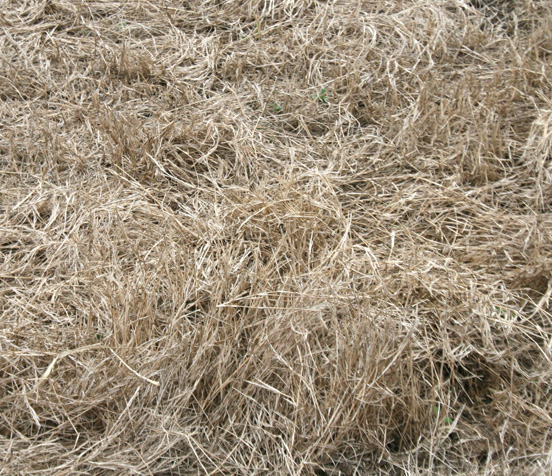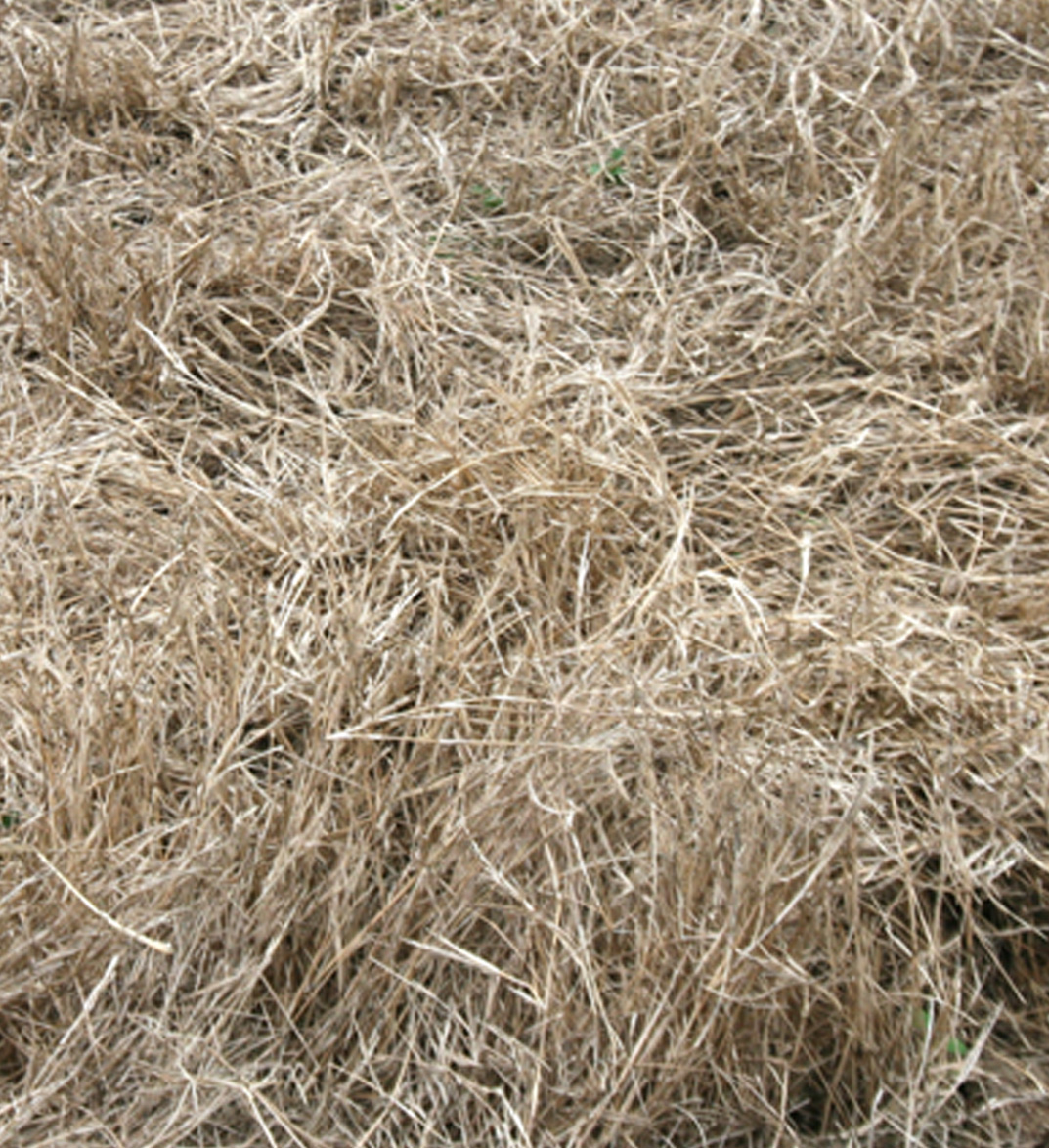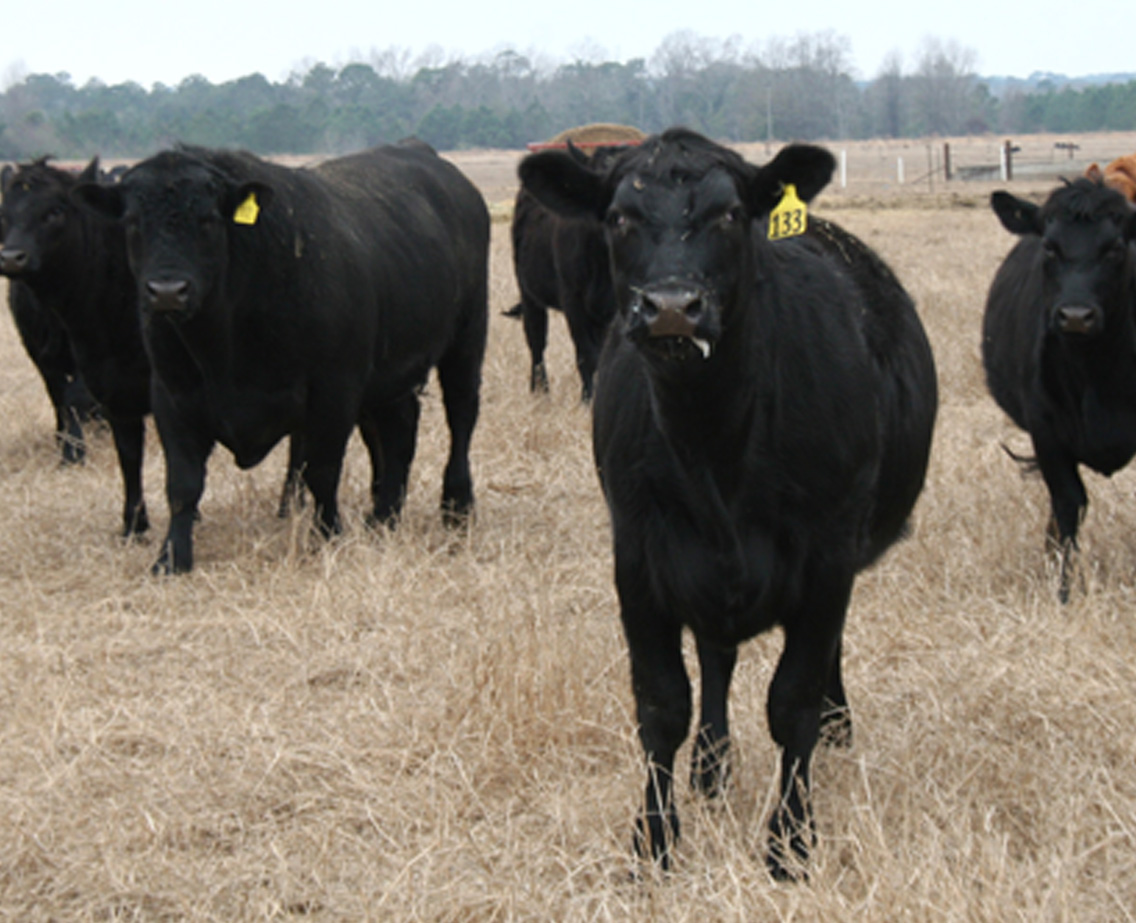Last summer’s rain combined with this winter’s frigid temperatures have left cattle suffering and Georgia cattlemen seeking answers.
University of Georgia beef experts have been inundated with calls from producers concerned about the forages their cattle are consuming, and in some cases, reporting their cows dying from poor nutrition.
“What’s happened is we have a tremendous forage quality problem in Georgia right now. We had a very, very wet summer (in 2013) that caused a lot of our hay to stay in the field too long and that forage is deficient in energy for these cattle,” said Jacob Segers, a beef cattle specialist with UGA Extension.
Hay left in the field for too long lost the bulk of its nutritional value.
According to Lee Jones, a veterinarian with UGA’s College of Veterinary Medicine, poor forage quality has led to increased instances of impactions — when food can’t pass through the cattle’s digestive system. The forage clogs the cow’s intestines which has led to death in numerous cases.
“Low-quality forage is kind of a double-edged sword. First off, it really doesn’t meet the cow’s needs. She can’t even eat enough low-quality hay to meet her needs, because the forage is so slow to digest; so she’s basically hungry even though she’s got a full stomach,” Jones said.
Low-quality forage consists of indigestible fiber which can impact the abomasum — the true stomach, he added.
As if poor forage quality wasn’t enough of a concern for cattle farmers, Georgia’s cold temperatures this winter have made living conditions worse for cattle. Every degree below freezing — 32 degrees Fahrenheit — is equal to an added percent of energy requirement cows must consume to maintain a healthy body condition.
For example, if the temperature reached 12 degrees, which was the case in north Georgia several nights in January, cattlemen needed to provide an extra 20 percent of energy for their cattle to maintain their metabolic needs, their pregnancy and the their body condition.
“That’s a pretty stark increase when we’re dealing with some really low-quality forage to begin with. It poses a difficulty of getting enough energy into the animal,” said UGA Extension forage expert Dennis Hancock.
Lack of essential nutrients is proving to be costly for cattlemen as numerous cows die, and in some cases, abort their calves.
Cattle farmers could also suffer from today’s poor forage quality when they try to sell their calves in October and November.
“A lot of (farmers) are going to feel the effects of poor nutrition next fall when they go to wean these calves, and calves are bringing more than $1,000 a piece. They have lighter calves to sell and they have fewer calves to sell. They’re going to really feel the pain then,” Jones said.
To avoid these doomsday scenarios, cattlemen are searching for a supplemental energy source to complement their forage supply.
UGA experts urge farmers to be mindful of the energy sources they choose. Those high in sugars and starches can rob the energy out of the hay or forage. Segers recommends farmers use commodity-based feeds, such as corn gluten feeds and soybean hulls, or even whole cotton seeds as a supplement.
“When you have forage that’s as low in quality as what we have in the state, we have to be a lot more careful about how we supplement our cows,” Segers said.
For more information about forages in Georgia, please see georgiaforages.com.









